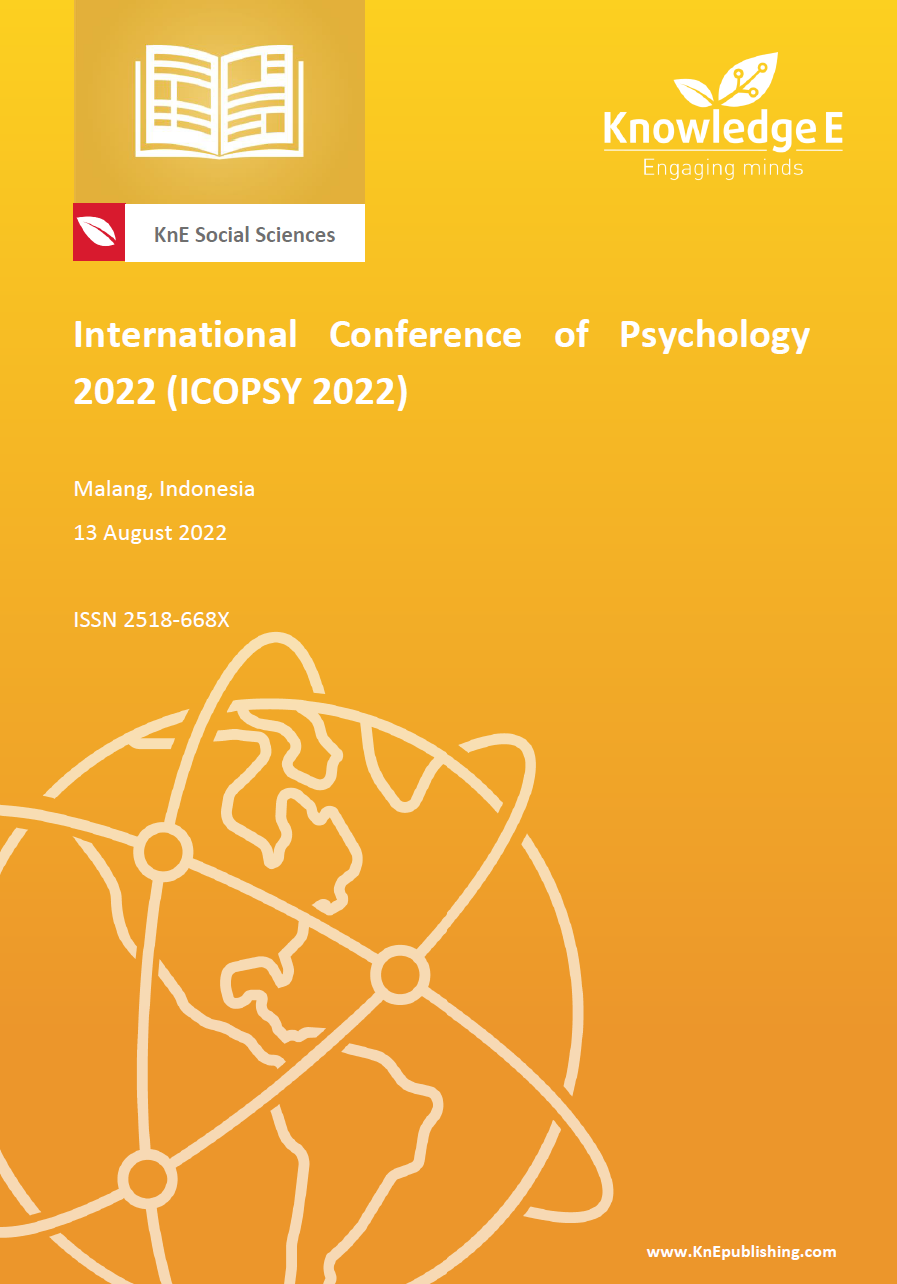The Relationship Between Political Alienation and Non-voting Intentions on Student Executive Boards at The State University of Malang
DOI:
https://doi.org/10.18502/kss.v7i18.12388Abstract
This study uses quantitative methods to determine the relationship between political alienation and non-voting intentions in Student’s Executive Boards Member. This study used a correlational descriptive design with the subjects of 92 people who were members of the Student’s Executive Boards of all faculties at the State University of Malang. Political alienation data were collected through the political alienation scale with a reliability rate of 0.888, calculated using the Alfa Cronbach formula. The data analysis technique in this study used multinomial logistic regression analysis with the help of SPSS. The results of this study are that most students have a moderate to a high level of political alienation, with 48.91% having a moderate level of political alienation and 45.65% having a high level of political alienation. Regarding voting intention, 42.39% of the research participants intended to vote, 32.61% intended not to vote, and the rest were undecided. A significant positive relationship between political alienation and non-voting intentions is shown by a coefficient result of 0.852.
Keywords: political alienation, non-voting intentions
References
[2] Ajzen I. The theory of planned behavior. Organizational behavior and human decision processes. 1991;50(2):179-211. https://doi.org/10.1016/0749-5978(91)90020-T
[3] Ajzen I, Fishbein M. A Bayesian analysis of attribution processes. Psychological Bulletin. 1975;82(2):261. https://doi.org/10.1037/h0076477
[4] Azwar Saifuddin. Sikap Manusia: Teori dan Pengukurannya. Yogyakarta: Pustaka Pelajar; 1995.
[5] Hansen T, Jensen JM. Understanding voters’ decisions: A theory of planned behaviour approach. Innovative Marketing. 2007;3(4):88-96.
[6] Merdeka.com. Ini tingkat partisipasi pemilih dari Pemilu 1955-2014. 2014. Diakses 15 April 2014. (https://www.merdeka.com/politik/ini-tingkat-partisipasi-pemilih-daripemilu- 1955-2014.html)
[7] Milkman KL, Beshears J, Choi JJ, Laibson D, Madrian BC. Following through on good intentions: The power of planning prompts (No. w17995). National Bureau of Economic Research. 2012.
[8] Moss PD. Conflict and containment in television news: A case study. Dalam: Mary S Mander, editor. Framing friction. Urbana: University of Illinois Press; 1999. hlm. 161-188.
[9] Muluk Hamdi. Mozaik Psikologi Politik Indonesia. Jakarta: Rajagrafindo Persada; 2010.
[10] Schwartz David C. Political alienation and political behavior. Chicago: Aldine Pub.Co; 1973.
[11] Southwell Priscilla L. The Effect of Political Alienation on Voter Turnout. Journal of Political and Military Sociology. 2008;36(1):131-145. ProQuest Sociology pr. 131. Diakses tanggal 29 Oktober 2013. (http://search.proquest.com/docview/ 206659900/fulltextPDF/14167D5F16338966F8E/4?accountid=38628)
[12] Wikipedia. Tanpa Tahun. Kebebasan Pers. (Online). Diakses 8 Juni 2014. (http://id.wikipedia.org/wiki/Kebebasan_pers)

